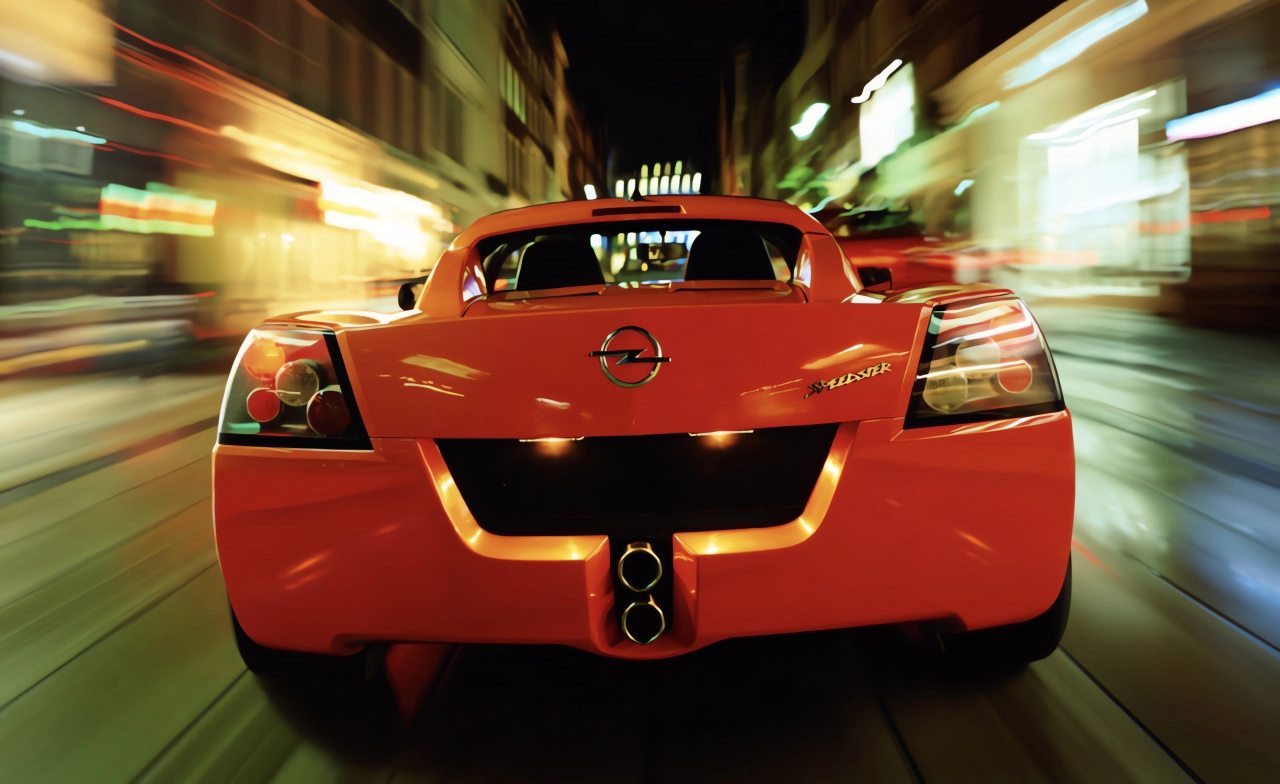
Behind every successful video game, there is an untold story of innovation, challenges, and breakthroughs. This was the case for a small studio known as Bizarre Creations, which would later be recognized for shaping the future of realistic racing games. Led by founder Martyn Chudley, this team shifted from producing 2D platforming action to the complex realm of 3D racing.
The story began with Bizarre Creations's venture into creating an official Formula 1 game for Sony's PlayStation console. However, Sony's handling of the licencing and the intense workload pushed the team to seek a new path. Sega, impressed by Bizarre Creations' prowess in 3D technology and looking to boost their upcoming Dreamcast console, reached out and thus began a new partnership.
The pursuit to develop a standout title for Sega's Dreamcast led to the vision of Metropolis Street Racer (MSR), a game focusing on real cars, real cities, and aspirational sports vehicles. This was a far cry from ideas like utilizing the Ferrari license or focusing on iconic cars like Minis. With a fresh concept in hand and the enthusiastic support from Sega, Bizarre Creations devoted themselves to make MSR a reality.
During the development of MSR, technological uncertainty, the pressures of innovation, and the art of licensing vehicles posed significant hurdles. At one point, the team even rented a Mercedes SLK and accidently blew the engine during testing. Despite the setback, they continued to focus on accurately rendering cars and their physics, even creating a dynamic radio music system which was revolutionary for the time.
Bizarre Creations aimed to ensure the authenticity of the game by visiting cities and capturing tens of thousands of photos and videos as references. While they were on a good start, the first year of development challenged the team's vision. They desired a more grounded game but found their direction to be too arcade-like which was not in line with their initial goal.
After an underwhelming E3 demo, a significant change occurred within the team, leading to the departure of a lead coder. This was a pivotal moment – Bizarre Creations asked Sega for an additional year to refine the game and took it upon themselves to revamp their work, all at their own expense. Camera angles, car handling, graphical fidelity, and the Kudos system – which rewarded stylish driving – were all addressed.
The final stages of development were intense, with the team often working hundred-hour weeks to iron out the final details. One of their most unique contributions, the Kudos system, was inspired by an actual driving experience of Chudley and ended up being a defining feature for the game.
Despite the team's best efforts, MSR launched with several features missing, including online play and a replay mode. However, the most significant challenge came post-release: the Dreamcast was nearing the end of its lifespan, and sales for MSR were not as high as hoped. Sega's decision to exit the hardware business further complicated matters, but there was a glimmer of hope. Microsoft, preparing to launch the Xbox console, expressed interest in MSR, setting the stage for what would become the Project Gotham Racing series.
From Sony to Sega to Microsoft, Bizarre Creations's journey was marked by partnerships that often pushed their limits and required them to adapt. With Microsoft, the team entered a new phase of structured, focus-group driven development, which led to the success of the Project Gotham Racing series and other unforgettable titles.
Sadly, Bizarre Creations's story came to an end when Activision, which acquired them in 2007, decided to close the studio following underperforming releases. Despite the challenges and ups and downs, the legacy of Bizarre Creations lives on, their pioneering work in realistic racing games leaving a lasting mark on the industry.
You must be logged in to post a comment!